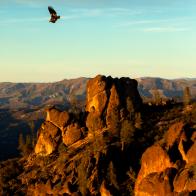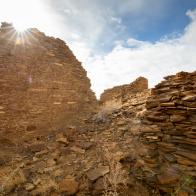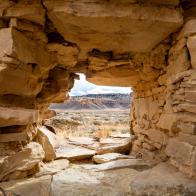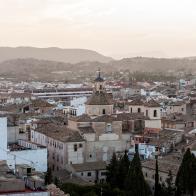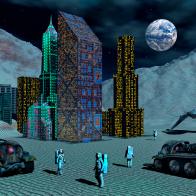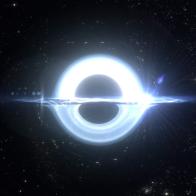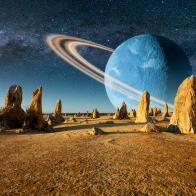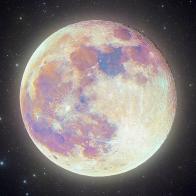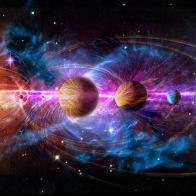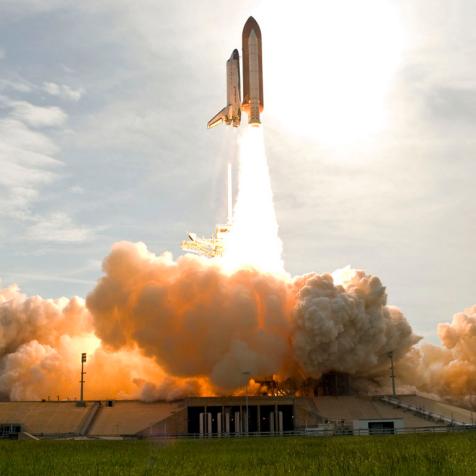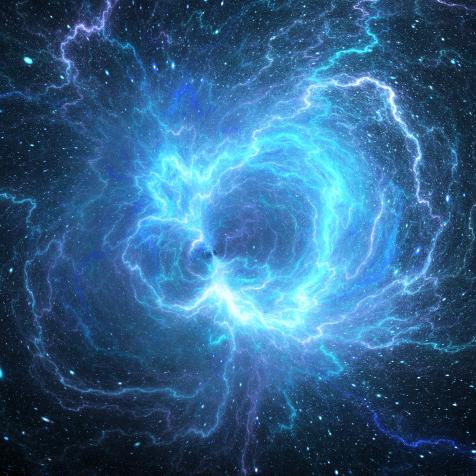
Just_Super
What Screaming Black Holes are Telling Us

In 2002, NASA’s orbiting X-ray observatory, the Chandra telescope, mapped out the movements of hot gas in a cluster of galaxies sitting 250 million light-years away.
Besides astronomers interested in X-ray emissions from clusters of galaxies, nobody really noticed. That is until NASA recently released a sonification, which translated the image into an audible sound.
It was…horrifying.
But also awesome. The translation into sound involved taking waves propagating through the hot gas of the cluster and rescaling them into the audible range of human hearing. Perhaps the most amazing part of the generation of that scream was that…that was it. That was the entire process. That’s because the waves propagating through the hot gas of the cluster were literally sound waves. Sound waves, after all, are pressure waves moving through a medium, like a gas or liquid. In our atmosphere, you can hear someone speaking because their vocal cords trigger pressure waves that we can hear.
So what’s triggering those pressure waves in the hot gas of the cluster?
It’s a black hole. A giant one. The central galaxy of the cluster hosts a supermassive black hole, weighing millions of times the mass of the Sun. That black hole isn’t alone, it’s accompanied by torrents of gas swirling around it.
The motion of that swirling gas raises its temperature to quadrillions of degrees, and at that temperature, the swirling gas generates enormous electric and magnetic fields. Those fields channel some of the gas, piping and funneling it into long, twisting paths that skirt the boundaries of the black hole itself before shooting it out in the form of long, thin jets. Those jets push out for tens of thousands of light-years, well beyond the confines of the host galaxy.
The jets don’t stop there. They pierce the hot gas of the cluster surrounding the central galaxy, heating it and forcing it to expand. That triggers the ripples that spread throughout the cluster, and the scream that we see with our X-ray telescopes.
We see through these ripples that black holes can make their presence known far away from them – up to a million light-years and more. Even though the central black hole, while enormous, is insignificant compared to the enormous bulk of the entire cluster, it is by far the most powerful engine contained within the cluster.
This means that black holes directly impact the evolution of galaxies. Galaxies within a cluster depend on the hot gas around them, as that gas constantly rains onto the galaxies, giving them new material that they can use to build new generations of stars. As the jets from the black hole blast around, it heats and stirs the gas, changing which galaxies get new enrichment and which go hungry.
Astronomers still do not fully understand the relationship between giant black holes and the clusters around them. All we know is that they evolve together, with the cluster feeding new material to the black hole and the black hole responding by heating the cluster. But the details beyond that simple picture remain murky.
I think we have more listening to do.





























